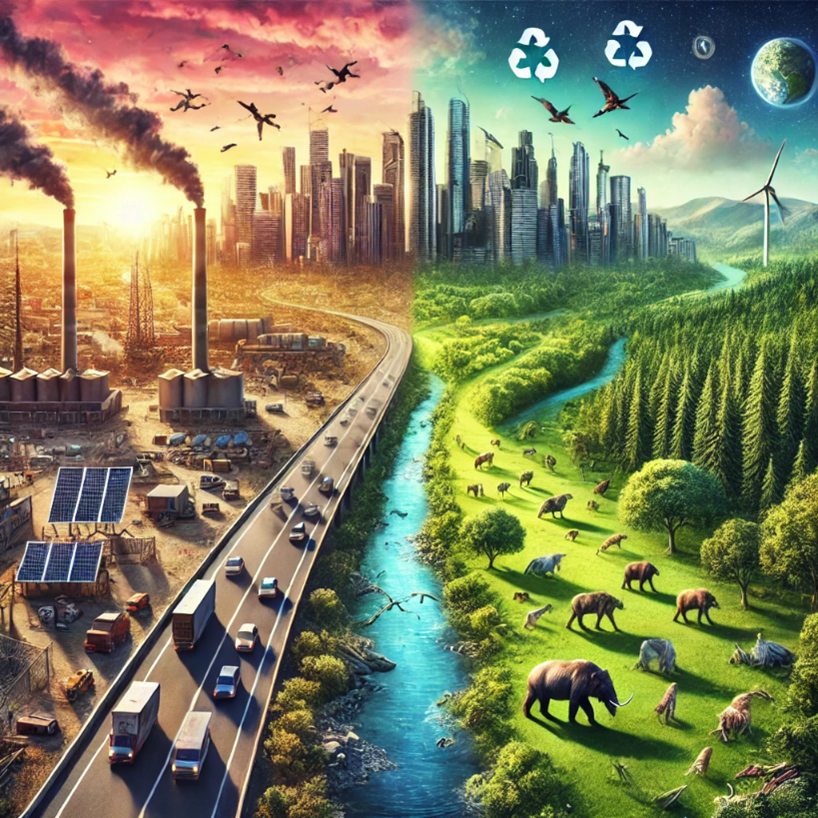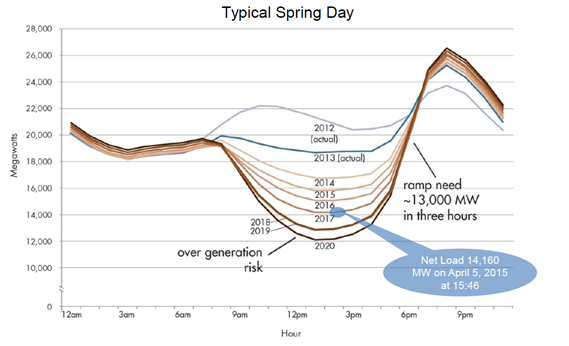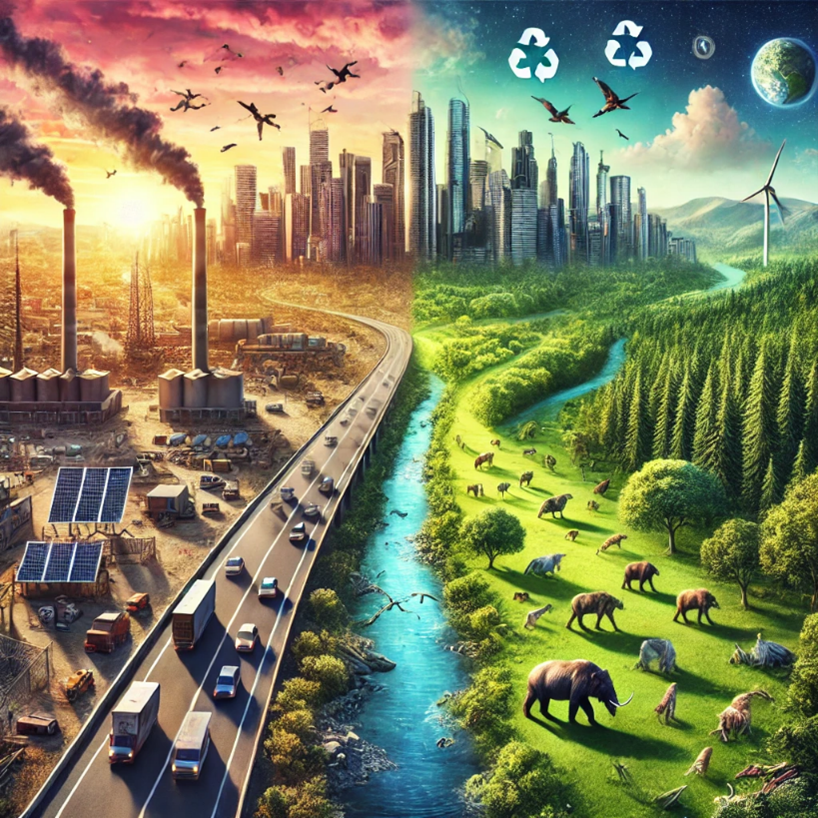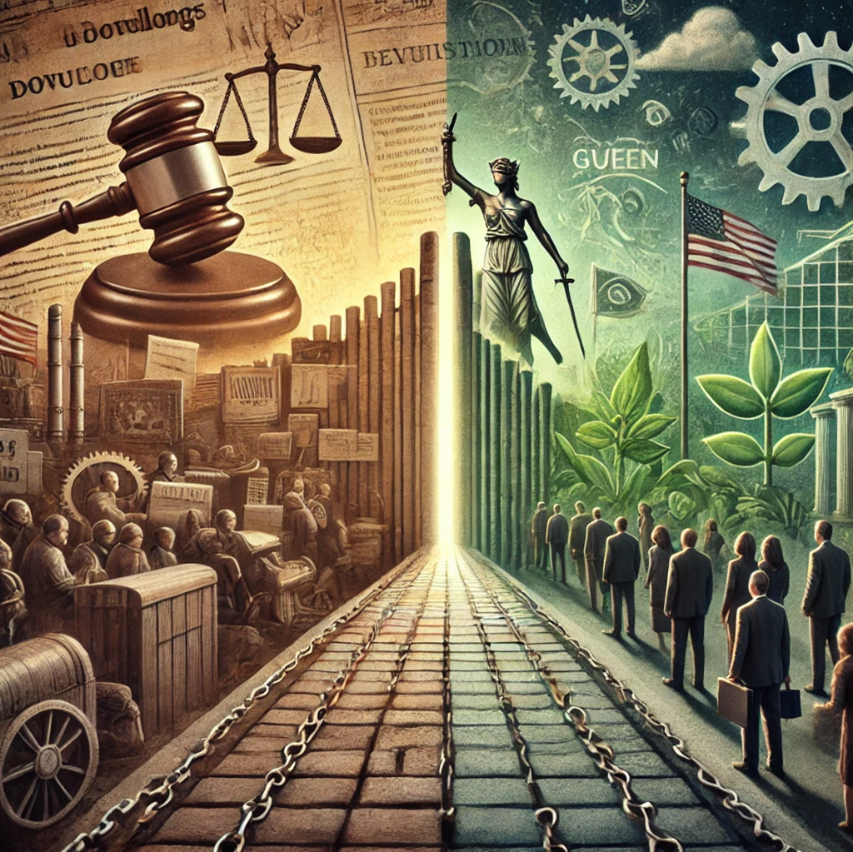What are the challenges in scaling up wind, solar, and other renewable technologies globally?

What are the challenges in scaling up wind, solar, and other renewable technologies globally?
by Maximilian 04:07pm Jan 06, 2025

Scaling up wind, solar, and other renewable energy technologies globally face several challenges that are technical, economic, political, and social in nature. While renewable energy is seen as a crucial component of reducing greenhouse gas emissions and transitioning to a sustainable energy future, there are significant hurdles to overcome. Below are the key challenges:
1. Intermittency and Reliability:
Variable Energy Production: Wind and solar energy are intermittent, meaning their production depends on weather conditions (e.g., sunlight and wind). This variability can make it difficult to ensure a constant and reliable energy supply, especially when these sources are a dominant part of the energy mix.
Grid Integration: Integrating large amounts of renewable energy into existing electricity grids is challenging. Current grid infrastructure was often designed for centralized, steady power generation from fossil fuels, not for variable renewable sources. Upgrading and adapting grid systems to handle this variability—through advanced grid management, storage systems, and backup power sources—is a complex and costly task.

2. Storage Technologies:
Energy Storage: One of the biggest challenges for renewable energy is the lack of affordable, scalable, and efficient energy storage solutions. Since renewable sources like wind and solar cannot produce electricity 24/7, energy storage systems (e.g., batteries) are required to store surplus energy for use when generation is low (e.g., at night for solar power or on calm days for wind).
Battery Limitations: While there has been significant progress in battery technology, current batteries (e.g., lithium-ion) have limitations in terms of storage capacity, efficiency, cost, and environmental impact. Developing long-duration storage technologies is crucial to support the widespread deployment of renewables.
3. High Upfront Costs:
Capital Intensive: The initial capital investment for installing renewable energy infrastructure—such as wind turbines, solar panels, and associated grid connections—can be high. Although the operational costs are lower once they are up and running, the upfront costs can deter governments and private investors, particularly in developing countries.
Financing Challenges: Securing financing for large-scale renewable energy projects can be difficult, especially in regions with limited access to financial resources or where governments are not fully committed to renewable energy. Lack of stable policies or subsidies in some regions also makes investment in renewables less attractive.
4. Land Use and Environmental Impact:
Land Requirements: Large-scale solar and wind farms require significant amounts of land. In some regions, competition for land (due to urbanization, agriculture, or conservation priorities) can limit the availability of suitable sites for renewable energy installations.
Ecological Impact: While renewable energy is far cleaner than fossil fuels, large-scale projects can still have environmental impacts. For example, wind farms can pose a threat to bird populations, and solar farms may affect local ecosystems. These impacts must be carefully assessed and managed to balance the benefits of renewable energy with environmental conservation.

5. Supply Chain and Material Constraints:
Material Demand: Renewable energy technologies, especially solar panels and wind turbines, require materials like rare earth metals (e.g., lithium, cobalt, and neodymium). As the demand for these technologies increases, there is growing pressure on global supply chains for these critical materials.
Mining and Resource Extraction: The extraction of materials needed for renewable technologies can also have environmental and social consequences. For example, mining for lithium and cobalt often raises concerns about environmental damage, human rights abuses, and sustainability.
6. Grid Infrastructure and Transmission:
Transmission Challenges: Many of the best locations for wind and solar energy generation (e.g., deserts for solar or coastal areas for wind) are often far from population centers, where demand is highest. This creates the need for long-distance transmission infrastructure to deliver the electricity to where it is needed. Building new transmission lines, however, can be expensive, time-consuming, and politically contentious, especially if they cross multiple jurisdictions or protected areas.
Interconnection and Standardization: Different countries and regions may use different grid technologies or have varying standards for renewable energy generation. Ensuring compatibility and creating a more interconnected, unified global energy grid is a complex task.
7. Political and Regulatory Barriers:
Policy Uncertainty: The development and scaling of renewable energy often depend on government policies, including subsidies, tax incentives, and long-term regulatory frameworks. However, in many regions, policy uncertainty or frequent changes in government policies can hinder the deployment of renewables.
Fossil Fuel Lobbying: In many countries, powerful fossil fuel industries lobby against renewable energy transitions, seeking to preserve the status quo. This can result in the continuation of subsidies for fossil fuels, or delays in implementing renewable energy-friendly policies.
International Cooperation: Scaling up renewables globally requires strong international cooperation, especially when it comes to sharing technologies, financing, and best practices. However, political tensions, economic competition, and differing national interests can hinder collaborative efforts.

8. Technological Advancements and Innovation:
Research and Development: Continued innovation in renewable energy technologies is crucial to reduce costs and improve efficiency. While there have been significant advances, further breakthroughs are still needed in areas like energy storage, offshore wind, and grid management.
Scalability of New Technologies: Some renewable technologies, such as advanced solar materials (e.g., perovskite solar cells) or floating wind farms, are still in the early stages of development and have not yet been proven at scale. Scaling up these technologies requires substantial investment in R&D, pilot projects, and infrastructure.
9. Global Inequality and Access to Technology:
Developing Countries' Challenges: While renewable energy is an attractive solution for many countries, especially those with abundant sunlight or wind, there are significant challenges in scaling renewables in developing nations.These countries often lack the financial resources, technological expertise, or political stability to implement large-scale renewable energy projects.
Access to Clean Energy: A key challenge in scaling renewables globally is ensuring equitable access to clean energy. In many parts of the world, especially in rural or remote areas, lack of infrastructure and high initial costs can prevent people from benefiting from renewable energy technologies, despite their potential advantages.
Conclusion:
Scaling up wind, solar, and other renewable technologies globally is essential for achieving a sustainable and low-carbon energy future, but it is not without challenges. Overcoming these obstacles requires coordinated efforts from governments, the private sector, and communities, as well as investment in new technologies, infrastructure, and policy frameworks. By addressing these barriers, renewable energy can play a central role in tackling climate change and powering a cleaner, more sustainable global economy.






